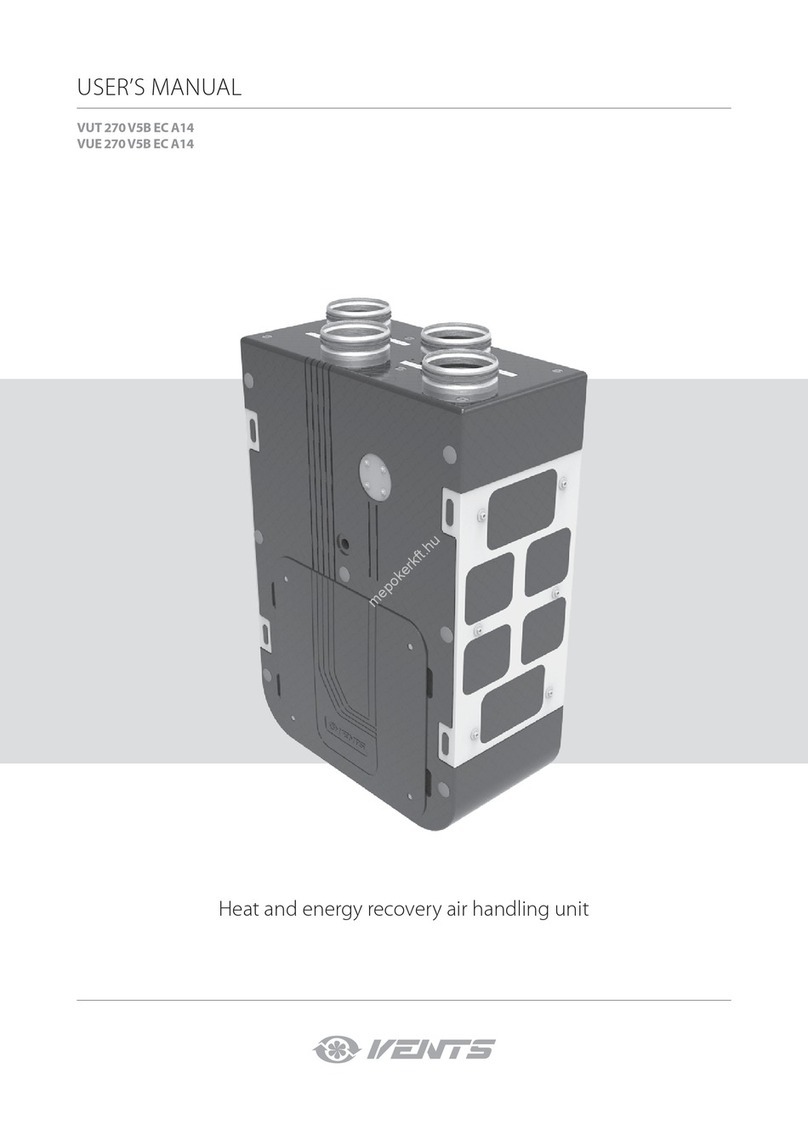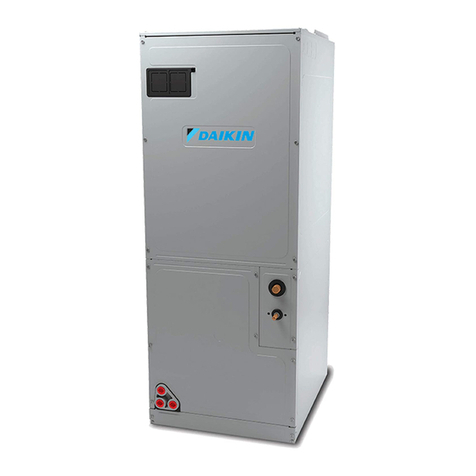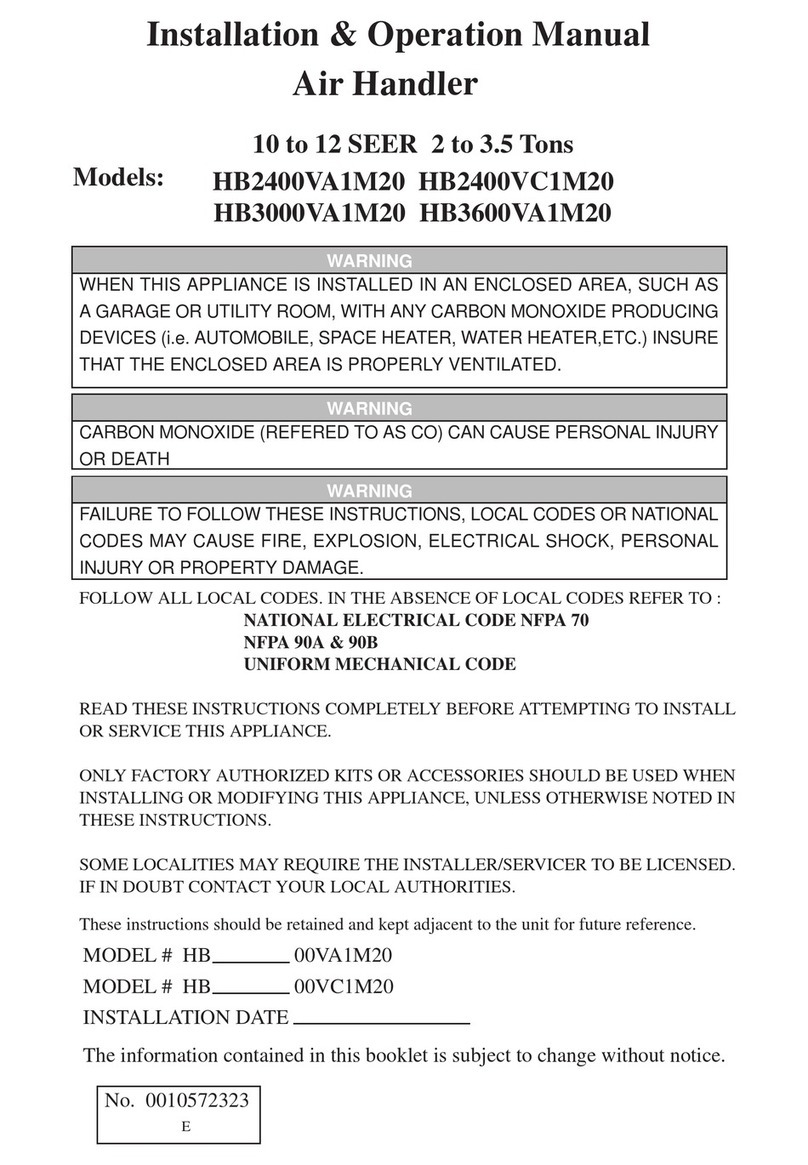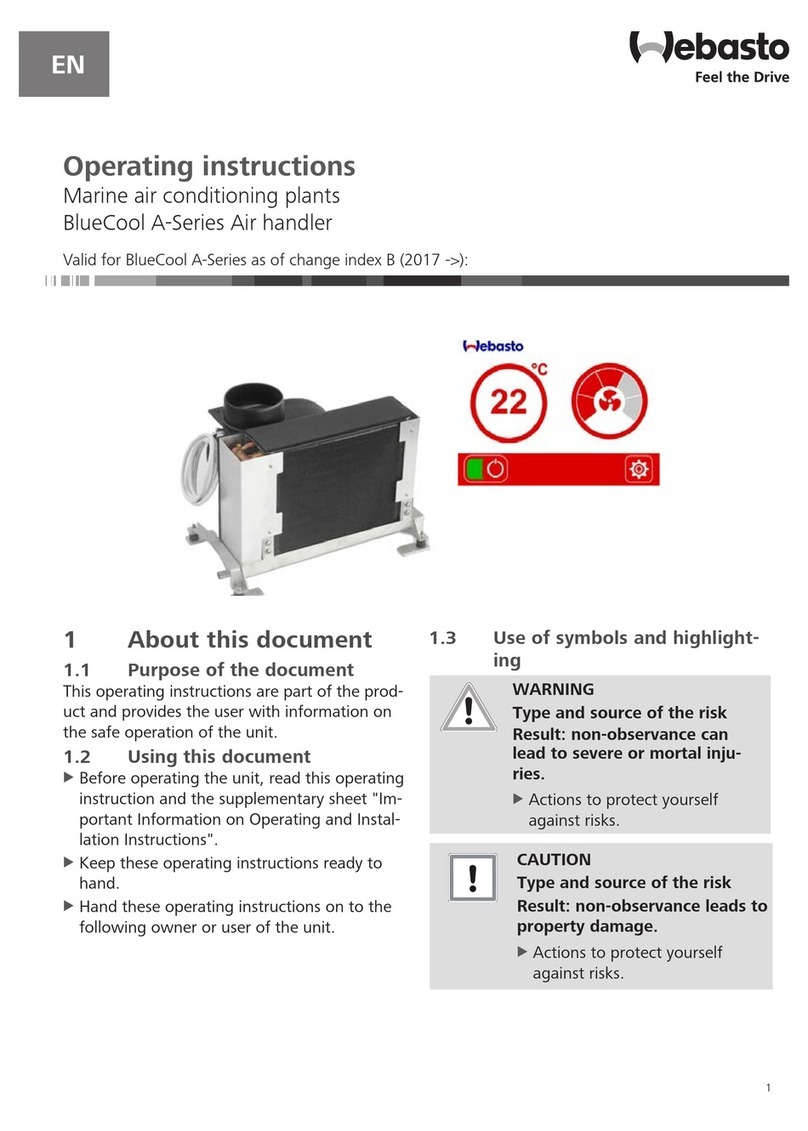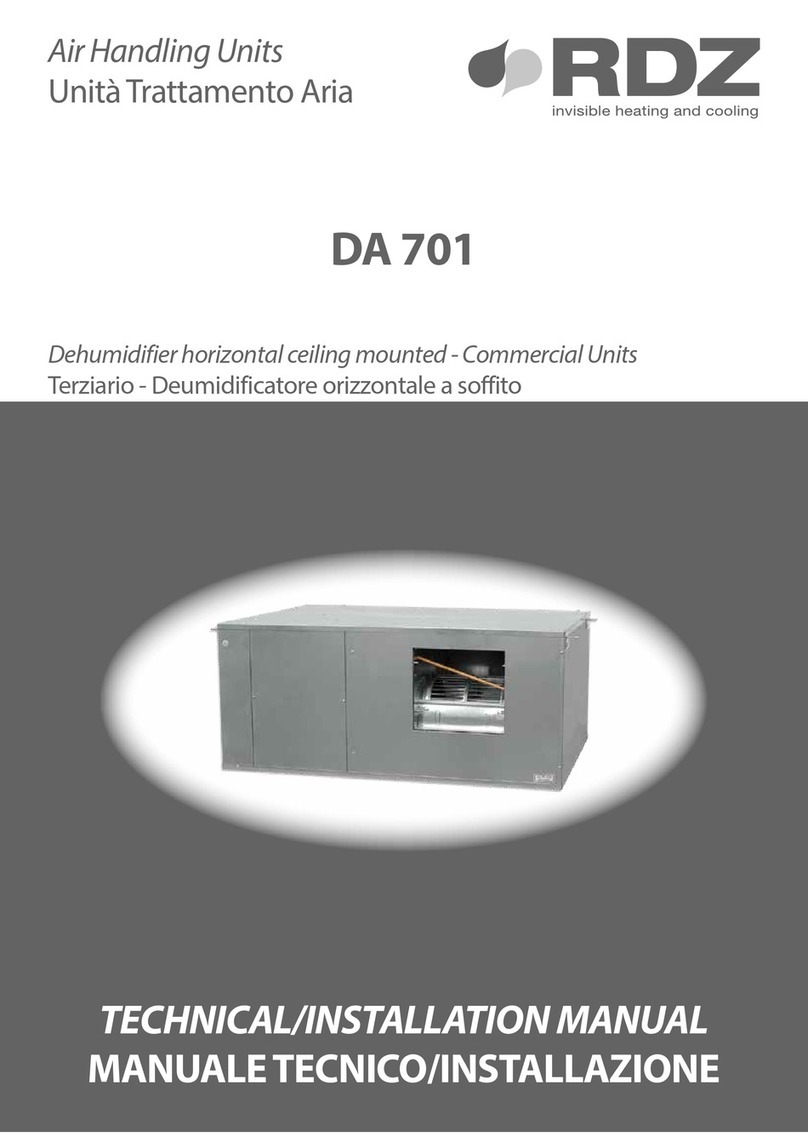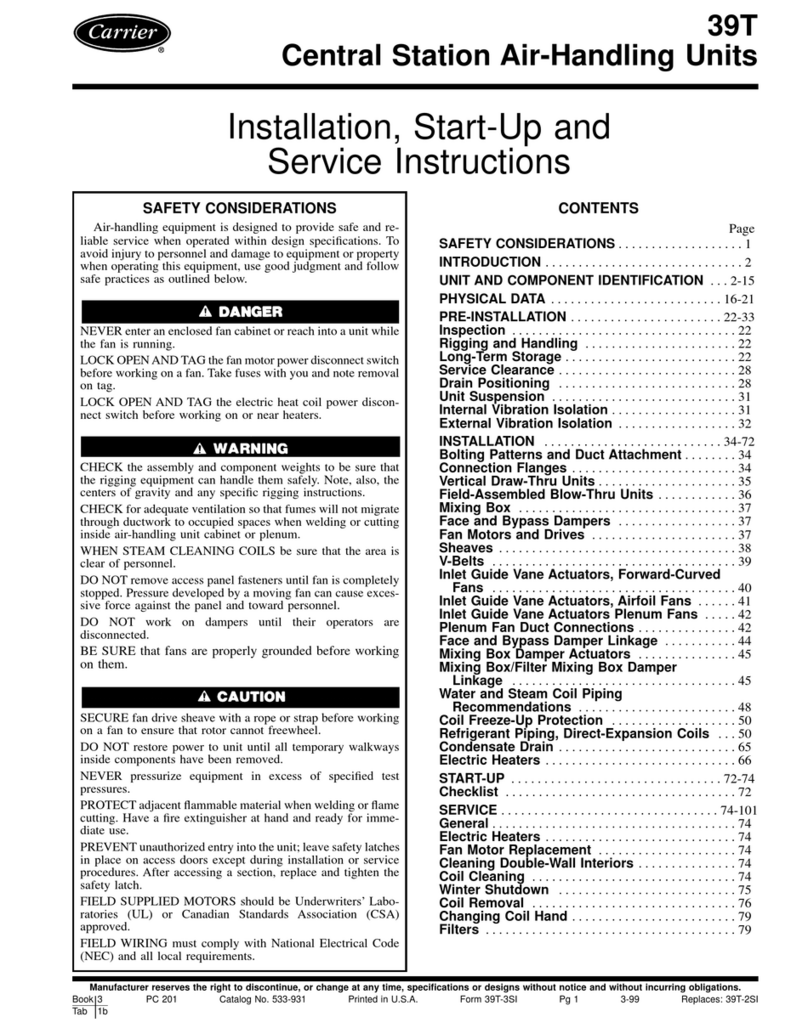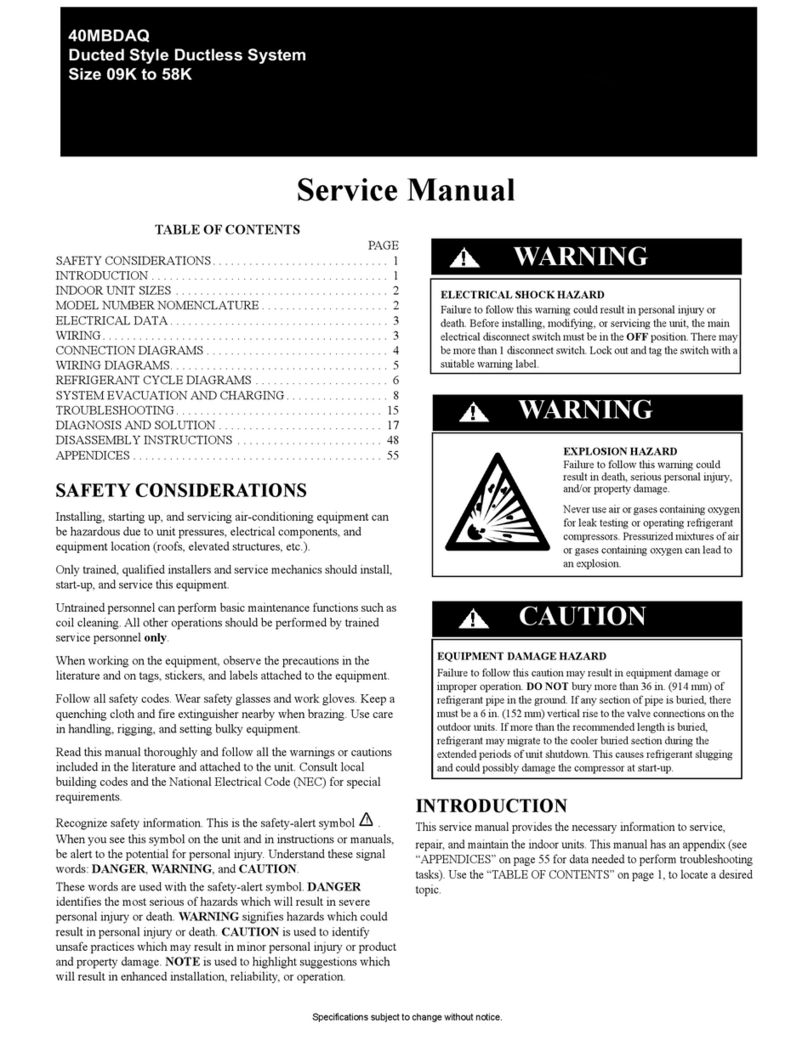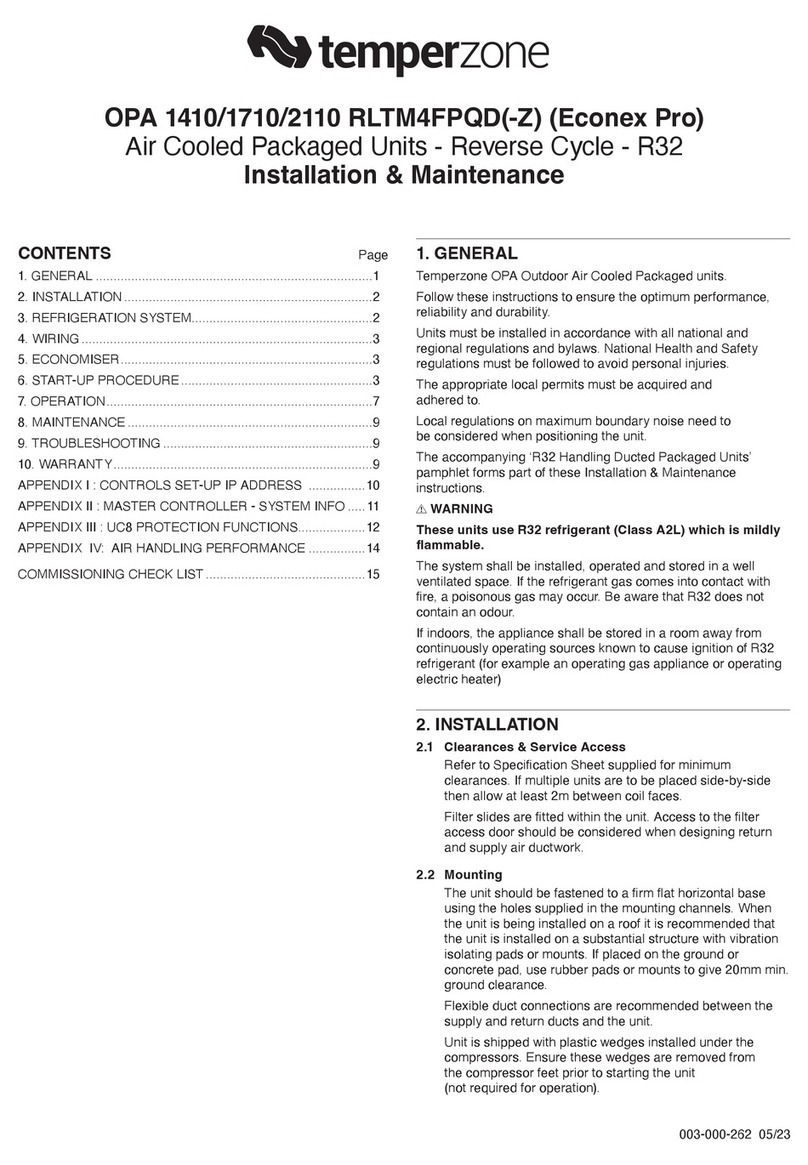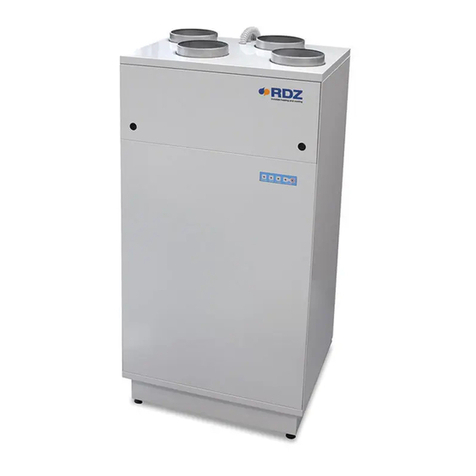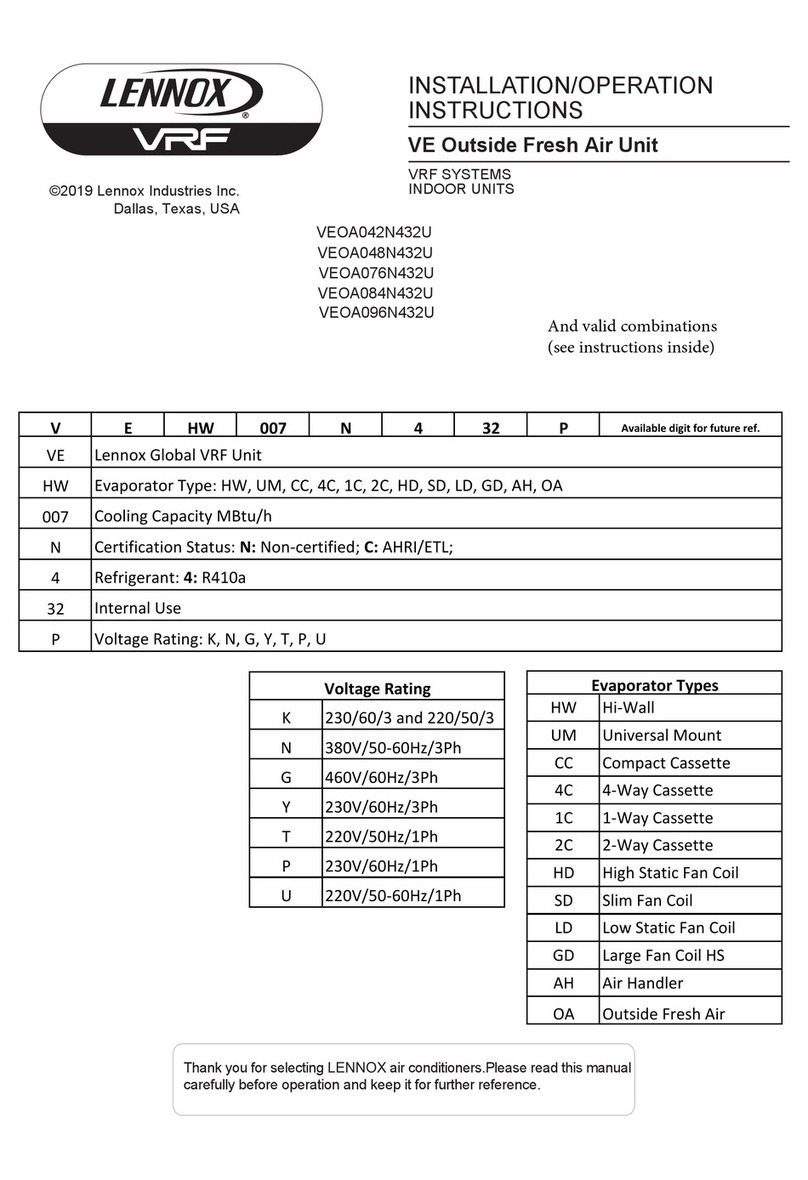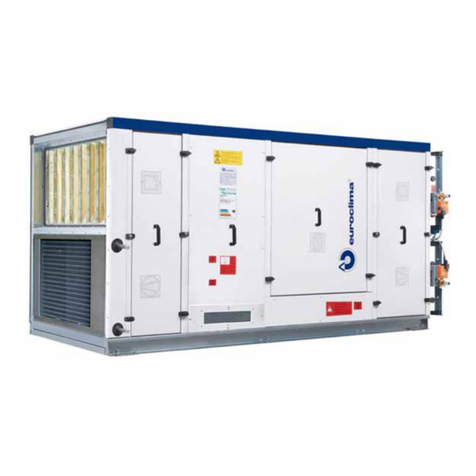
Instruction and Operation Manual ZHK NANO
V09-18.1 3 / 113
7Electrical connection............................................................................................................ 40
7.1 Connecting to an external protective conductor system................................................. 40
7.2 EC motors ..................................................................................................................... 41
7.3 Repair switch (emergency stop switch).......................................................................... 42
7.4 Electric heaters.............................................................................................................. 42
7.4.1 AHUs equipped from EUROCLIMA with control................................................................43
7.5 Frost protection for plate heat exchanger ...................................................................... 45
7.6 Lighting.......................................................................................................................... 45
8Commissioning..................................................................................................................... 46
8.1 Preliminary steps........................................................................................................... 46
8.1.1 Airflow measurement by differential pressure measurement at the fan ............................46
8.1.2 Heat exchanger..................................................................................................................48
8.1.3 Electric heater ....................................................................................................................48
8.1.4 Filters .................................................................................................................................48
8.2 Test run......................................................................................................................... 48
9Maintenance.......................................................................................................................... 49
9.1 Electrical connection, control cabinet............................................................................. 49
9.2 Fan / motor group.......................................................................................................... 50
9.2.1 Fan .....................................................................................................................................50
9.2.2 Motor ..................................................................................................................................50
9.3 Air filters ........................................................................................................................ 50
9.3.1 Panel filters ........................................................................................................................51
9.3.2 Bag filters ...........................................................................................................................51
9.4 Heat exchangers ........................................................................................................... 52
9.4.1 Medium water ....................................................................................................................52
9.4.2 Electric Heater ...................................................................................................................53
9.5 Dampers........................................................................................................................ 53
9.6 Weather louver .............................................................................................................. 53
9.7 Energy recovery systems .............................................................................................. 54
9.7.1 Plate heat exchangers .......................................................................................................54
9.7.2 Heat wheels .......................................................................................................................54
9.8 Maintenance plan .......................................................................................................... 54
10 Information on airborne noise emitted by the air conditioning units - on request .......... 55
11 Disassembly and disposal................................................................................................... 56
11.1 Disassembly.................................................................................................................. 56
11.2 Disposal ........................................................................................................................ 57
12 Display .................................................................................................................................. 59
12.1 Push buttons, rotary button............................................................................................ 59
12.2 Display .......................................................................................................................... 60
12.3 Password ...................................................................................................................... 60
12.4 Operation, value entry ................................................................................................... 60
Line with submenu.......................................................................................................... 61
Value, setpoint................................................................................................................ 61
Selection, setting, function.............................................................................................. 61
ESC-button..................................................................................................................... 61
Adjustability .................................................................................................................... 62
13 Main / start page ................................................................................................................... 62
13.1 All settings..................................................................................................................... 63
14 Setpoints / settings .............................................................................................................. 63
14.1 Fan setpoints................................................................................................................. 64
14.1.1 Operating mode of the fan control .....................................................................................64
Airflow rate control.......................................................................................................... 64
Pressure control ............................................................................................................. 65
Speed control ................................................................................................................. 66
